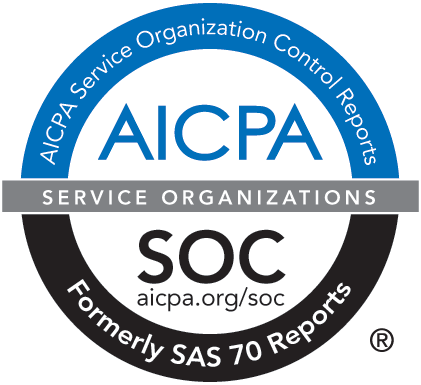Private Credit: The Evolution of an Asset Class
February 27, 2023 - Private credit has become an institutionalized and deeply capitalized asset class over the past ten years. But what exactly IS private credit? In this series, HighGround Director of Private Markets Philip Godfrey shares his expertise about the asset class and, in this post, briefly covers its history.

Since 2000, the private credit market has grown into prominence by significant secular capital market trends and investor preferences. The private markets have been expanding while the number of publicly-listed companies has shrunk. There are an estimated 10,000 private-equity backed companies today, up fivefold since 2000, and approximately 4,000 publicly listed companies, down from about 7,000 just ten years ago. The Global Financial Crisis of 2008-2009 (“GFC”) led to the establishment of new government oversight and a diminishing role of banks in the U.S. leveraged corporate loan market due to bank consolidation and the imposition of increased capital requirements.
Tighter regulation on corporate lending made holding large portfolios of loans more expensive and restrictive for banks, which created a void in the availability of credit to middle market companies in the U.S. As banks decreased their lending activity, nonbank lenders (private debt managers) took their place to address the continued demand for debt financing from corporate borrowers. Another significant market trend was the post-GFC exodus of credit and loan structuring talent out the demise of prominent investment/commercial banks and financial institutions, which fueled the further growth and professionalization of the private debt asset management business.
Each of these systemic disruptions during the GFC bust and recovery time period occurred against the backdrop of unprecedented monetary stimulus by central banks, as the extended period of low interest rates led investors to search for yield beyond low-returning traditional fixed income instruments. In some cases, yields for private senior loans were double the rates from liquid investment grade bonds. The attractive returns offered by private direct loans originated by actively-managed credit platforms created a fundraising boom – investor commitments to private debt have grown over three times in the past ten years. Today, the private credit market is estimated to be $1.7 trillion, similar in size to the traditional leverage loan and high yield bond markets.
The perpetual cycle of supply (investor capital) and demand (corporate finance requirements) driving the private credit market has created a scaled and institutionalized asset category and, today, private credit has become an essential allocation in diversified investment portfolios.
Stay tuned for our next installment, where Philip will describe the key investment characteristics of private credit.
Other posts in this series:
Private Credit: Definitions
Private Credit: Key Investment Characteristics
Private Credit: Approaches to Investing



